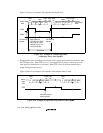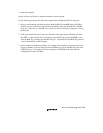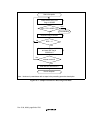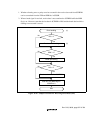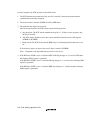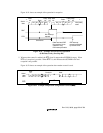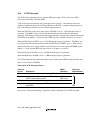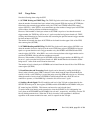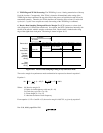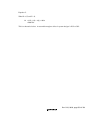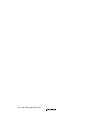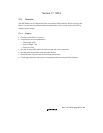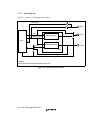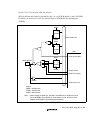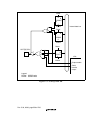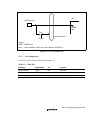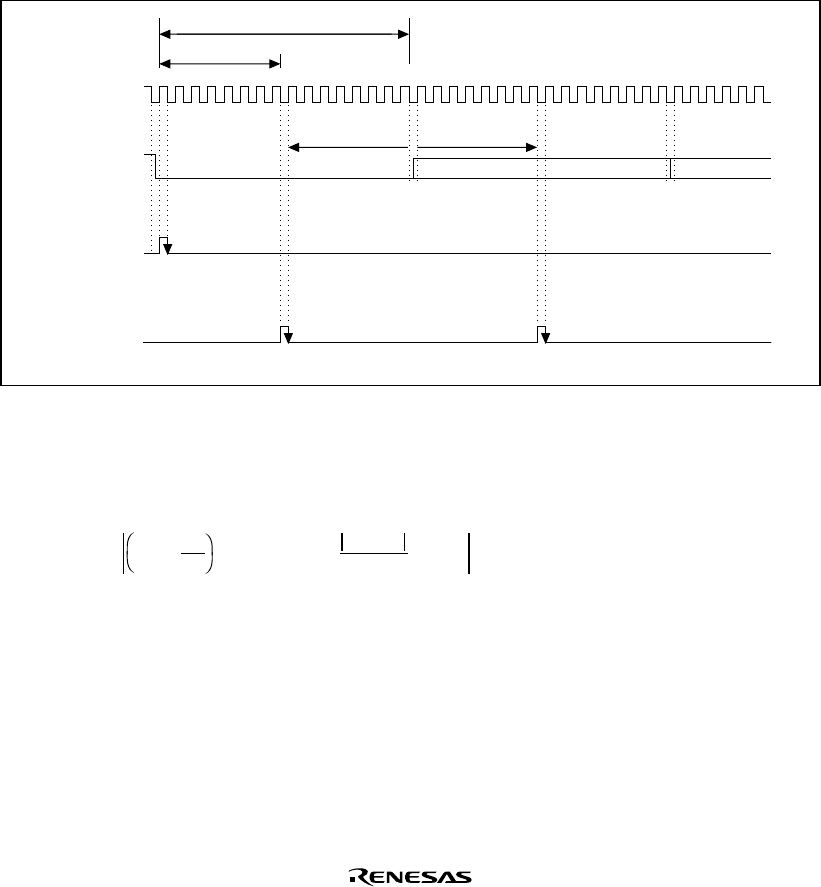
Rev. 5.00, 09/03, page 552 of 760
5. TEND Flag and TE Bit Processing: The TEND flag is set to 1 during transmission of the stop
bit of the last data. Consequently, if the TE bit is cleared to 0 immediately after setting of the
TEND flag has been confirmed, the stop bit will be in the process of transmission and will not be
transmitted normally. Therefore, the TE bit should not be cleared to 0 for at least 0.5 serial clock
cycles (or 1.5 cycles if two stop bits are used) after setting of the TEND flag is confirmed.
6. Receive Data Sampling Timing and Receive Margin: The SCIF operates on a base clock
with a frequency of 16 times the transfer rate. In reception, the SCIF synchronizes internally with
the fall of the start bit, which it samples on the base clock. Receive data is latched at the rising
edge of the eighth base clock pulse. The timing is shown in figure 16.13.
0 1 2 3 4 5 6 7 8 9 101112131415 0 1 2 3 4 5 6 7 8 9 101112131415 0 1 2 3 4 5
Base clock
Receive
data (RxD)
Synchro-
nization
sampling
timing
Data
sampling
timing
8 clocks
16 clocks
Start bit
−7.5 clocks
+7.5 clocks
D0 D1
Figure 16.13 Receive Data Sampling Timing in Asynchronous Mode
The receive margin in asynchronous mode can therefore be expressed as shown in equation 1.
Equation 1:
M = 0.5 −
1
2N
D − 0.5
N
− (L − 0.5) F −
(1 + F) × 100%
Where: M: Receive margin (%)
N: Ratio of clock frequency to bit rate (N = 16)
D: Clock duty cycle (D = 0 to 1.0)
L: Frame length (L = 9 to 12)
F: Absolute deviation of clock frequency
From equation 1, if F = 0 and D = 0.5, the receive margin is 46.875%, as given by equation 2.



